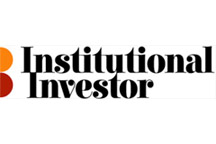MarketMuse blog update courtesy of CNBC. With investing overseas being so dangerous right now, because of enormous moves in currency, buying stocks overseas—including ETFs, why are people so keen on doing it. CNBC reporter, Bob Pisani’s ask the question:
Why doesn’t everyone buy hedged international ETFs when they want international exposure, rather than unhedged ETFs?
There are several reasons:
1) Until recently, it was almost impossible for the average investor to do so. There simply were no ETFs that enabled an investor to hedge out currency. A professional could hedge, of course, but at considerable cost.
Now that more hedged ETF products are becoming available, investors are taking note. In fact, the biggest European ETF is now a hedged product, the WisdomTree International Hedged, which recently surpassed its biggest unhedged rival, the Vanguard European ETF.
2) There was not a huge demand for such a product because currency moves like we have seen in euro this year (down 5 percent against the dollar) are very rare. Oh sure, maybe if you were investing in Argentina, but not the euro, not the yen. Most years did not involve anywhere near such dramatic moves.
This year, for example, the yen has barely moved against the dollar, so the difference between a hedged Japan ETF and an unhedged Japan ETF is very small:
That was not the case last year, when there was an enormous move in the yen versus the dollar, and investors made the DXJ the hottest ETF in years.
For the entire article from CNBC’s Bob Pisani’s story “Why currency-hedged ETFs are hot”, click here.























